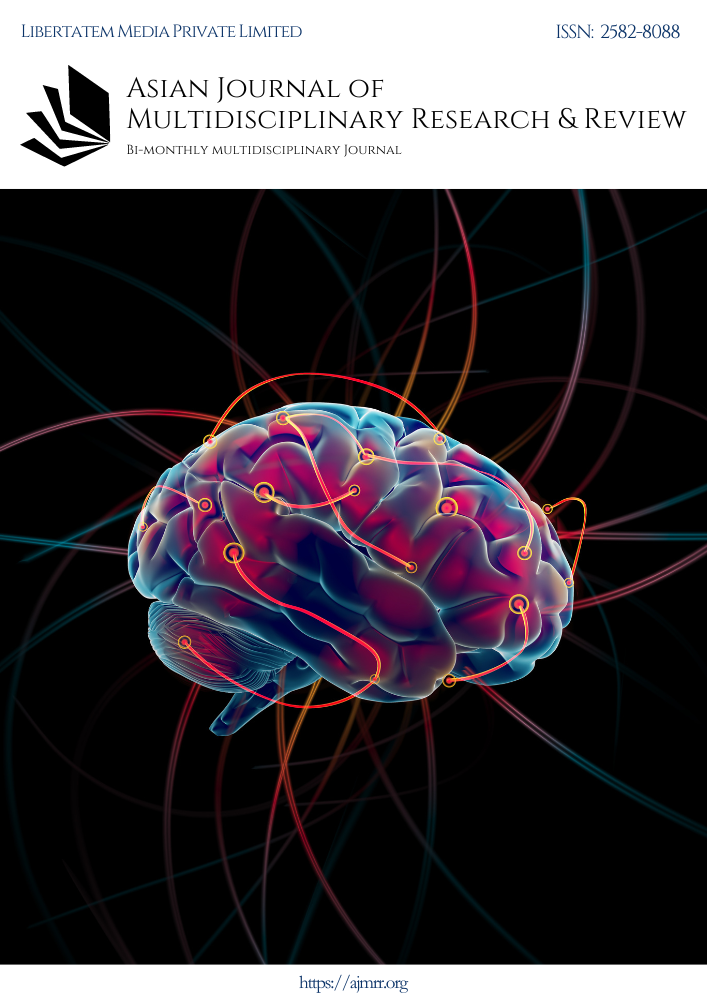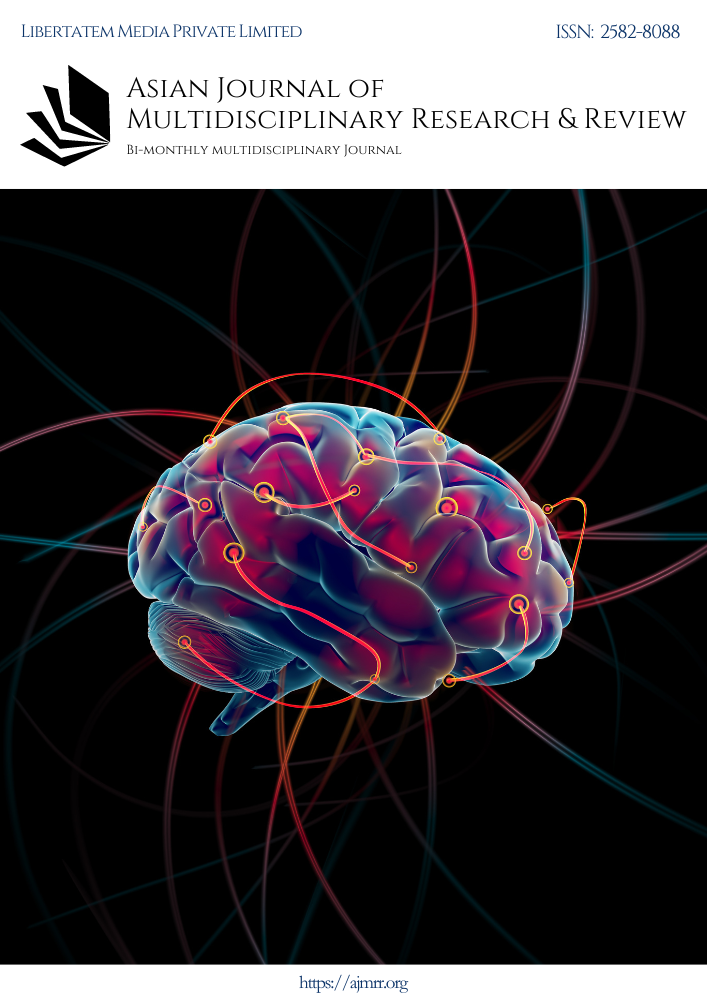STATE SPONSORED MILITANCY : TRAJECTORIES FROM ‘KASHMIR VALLEY’ AND ‘BASTAR’
Keywords:
Vigilantism, ConflictAbstract
This is an attempt to put a brief comparative perspective on strategies of the Indian State that sponsored vigilante groups to contain ‘militancy’ in Kashmir Valley and Bastar. Starting from the early 1990s, the security establishment raised armed militias from the ranks of militants who were ‘surrendered’ and trained them as a shield against militancy in Kashmir. Popularly known as ‘Ikhwans’, they were organized as groups and set free to perform extrajudicial violence across Kashmir Valley in the face of ensuing demands for self-determination. Similarly, with mounting Maoist activities in the Bastar region of Chhattisgarh, both the central and state government extended full scale support to what emerged as ‘Salwa Judum’ vigilance that resulted in many cases of violations. State aided vigilante culture in both the places produced unique stories of humanitarian questions in the midst of concerns for national security. Led by powerful leaders like Mahendra Karma in Bastar and Kuka Parray and others in Kashmir, the coming of vigilantism stands as an eccentric testimony of the ‘informal structures of violence’ floated by the State. The study, while briefly looking into conceptual aspects of vigilantism, also explores comparative analysis of the process of interface between state, society and politics of conflict in both the places.
Downloads
Downloads
Published
Issue
Section
License

This work is licensed under a Creative Commons Attribution-NonCommercial-ShareAlike 4.0 International License.
License Terms
Ownership and Licensing:
Authors of research papers submitted to the Asian Journal of Multidisciplinary Research & Review (AJMRR) retain the copyright of their work while granting the journal certain rights. Authors maintain ownership of the copyright and grant the journal a right of first publication. Simultaneously, authors agree to license their research papers under the Creative Commons Attribution-ShareAlike 4.0 International (CC BY-SA 4.0) License.
License Permissions:
Under the CC BY-SA 4.0 License, others are permitted to share and adapt the work, even for commercial purposes, as long as proper attribution is given to the authors and acknowledgment is made of the initial publication in the Asian Journal of Multidisciplinary Research & Review. This license allows for the broad dissemination and utilization of research papers.
Additional Distribution Arrangements:
Authors are free to enter into separate contractual arrangements for the non-exclusive distribution of the journal's published version of the work (e.g., posting it to institutional repositories or publishing it in books), provided they acknowledge the initial publication of the work in the Asian Journal of Multidisciplinary Research & Review.
Online Posting:
Authors are encouraged to share their work online (e.g., in institutional repositories or on personal websites) both prior to and during the submission process to the journal. This practice can lead to productive exchanges and greater citation of published work.
Responsibility and Liability:
Authors are responsible for ensuring that their research papers do not infringe upon the copyright, privacy, or other rights of any third party. The Asian Journal of Multidisciplinary Research & Review disclaims any liability or responsibility for any copyright infringement or violation of third-party rights in the research papers.



